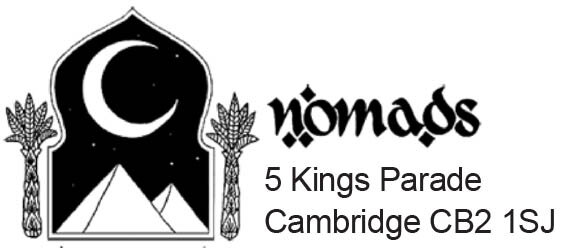What is a Kilim?
A Kilim is the name given to a flat woven rug, traditionally made in Turkey (Anatolia and Thrace), North Africa, the Balkans, Iran, Afghanistan, Pakistan, Central Asia and China.
Kilim designs are made by interweaving the variously coloured wefts and warps, thus creating what is known as a flatweave.
Flatweave describes a rug that is woven on a loom rather than knotted (by hand one knot at a time).
What is Kilim Fabric?
The vast majority of Kilims are made from 100% wool. In some cases, the warp will also contain cotton. Wool is a great choice for rugs. It is widely available, hardwearing, easy to handle and the vegetable dyes take to it perfectly.
For thousands of years , kilims have been woven for utilitarian purposes , such as floor coverings in tents , tent covers , tent bands , baby cradles eating cloths and numerous other functions .As the main room in a Muslim home contains little in the way of furniture , the host and the guest would sit or recline on the floor , resting against floor cushions or rolls of bedding .
The production of kilims have also remained an integral part of a young bride's dowry and the exchange of wealth between families ,was made by way of rugs , jewellery , animals and money .Therefore the weaving of kilims was an important skill to be mastered by a young bride, learned from her mother and other women of the family .
The collecting of kilims by Westerners is a recent enthusiasm and the weaving of new kilims for commercial purposes is now a firmly established industry .They have become very popular and there is a wide variation in quality ., which range from the everyday inexpensive examples to the ' replicas ', woven of naturally dyed ; hand-spun wool , in traditional designs , which continue to be made in the authentic way .
As Kilims have no pile, there is no chance of having a shedding rug on your hands! Less dust will be collected and so lower quantities of allergens too. They are a low maintenance rug for sure.
You can find Kilims in so many different colours and they are usually bright and bold. They are perfect for injecting a splash of colour into a space, or for having a bit of fun with!
The nomadic and village lifestyle of the peoples of the flat weaving countries has changed little over the centuries, and whereas the urban centres have developed artistically and culturally, the nomadic and village weavers have remained close to nature.
For nomads there are few possessions , and their heritage is represented by their tents , animals , cooking pots , clothes and rugs , as well as their tribal traditions , beliefs and superstitions , which have ,until recently , remained the same for hundreds of years .
Kilims, like other rugs and textiles, need some care and attention, but will last for years if looked after properly .
Are Kilim Rugs Durable?
The durability of a kilim will depend on the materials used, the tightness of its weave and its age.
What does the Word Kilim mean?
A pileless, tapestry-woven rug or other covering made in various parts of the Middle East, eastern Europe, and Turkestan.
What is the difference between a Kilim and a Dhurrie?
Many people ask us about the difference between a kilim and a dhurrie. Here we explain that the answer is actually… not much!
Kilim or Dhurrie? Dhurrie or Kilim? Although these two types of rugs were originally similar – because of the same weaving method – but different, today the terms Kilim and Dhurrie are almost interchangeable.
Until the 1970’s Dhurries and Kilims were woven in different regions, but this is no longer true.
Both are beautiful flat woven rugs usually made of wool and because of their weave, completely reversible.
Kilim rugs were traditionally boldly colored and had geometric patterns, while Dhurries were more pastel and tended toward more flowing stylized designs.
Today these design differences may determine whether a rug will be called a Kilim or a Dhurrie, with some overlap. But what one shop may call a Dhurrie, another will refer to as a Kilim.
